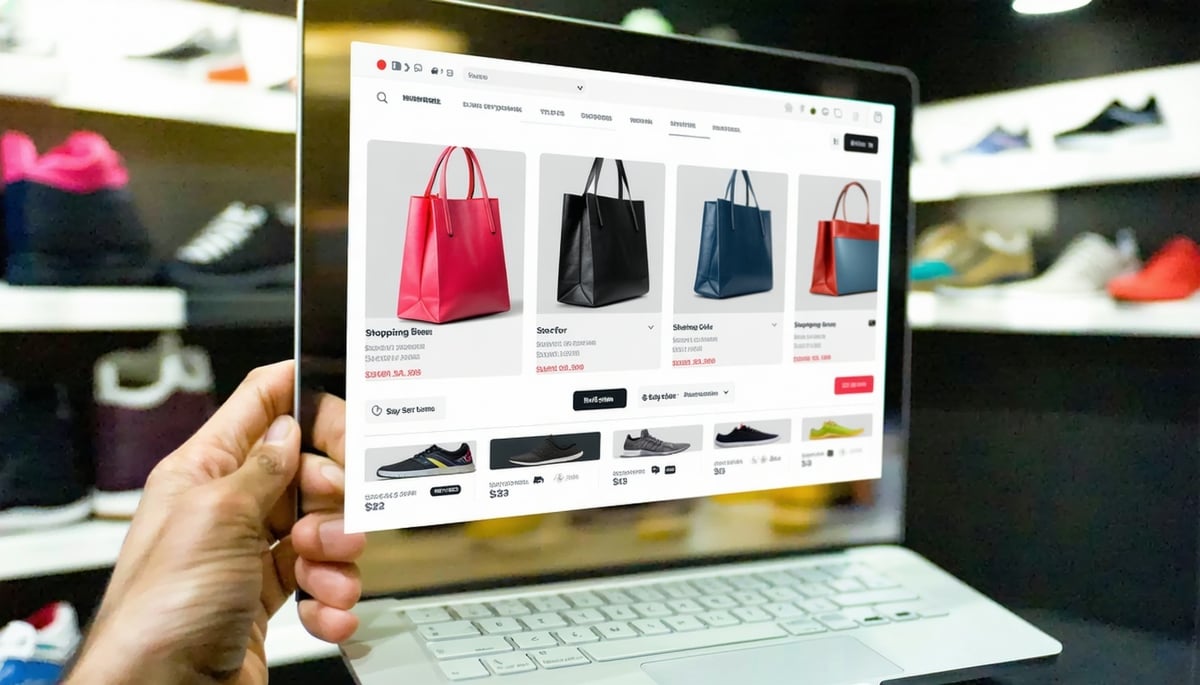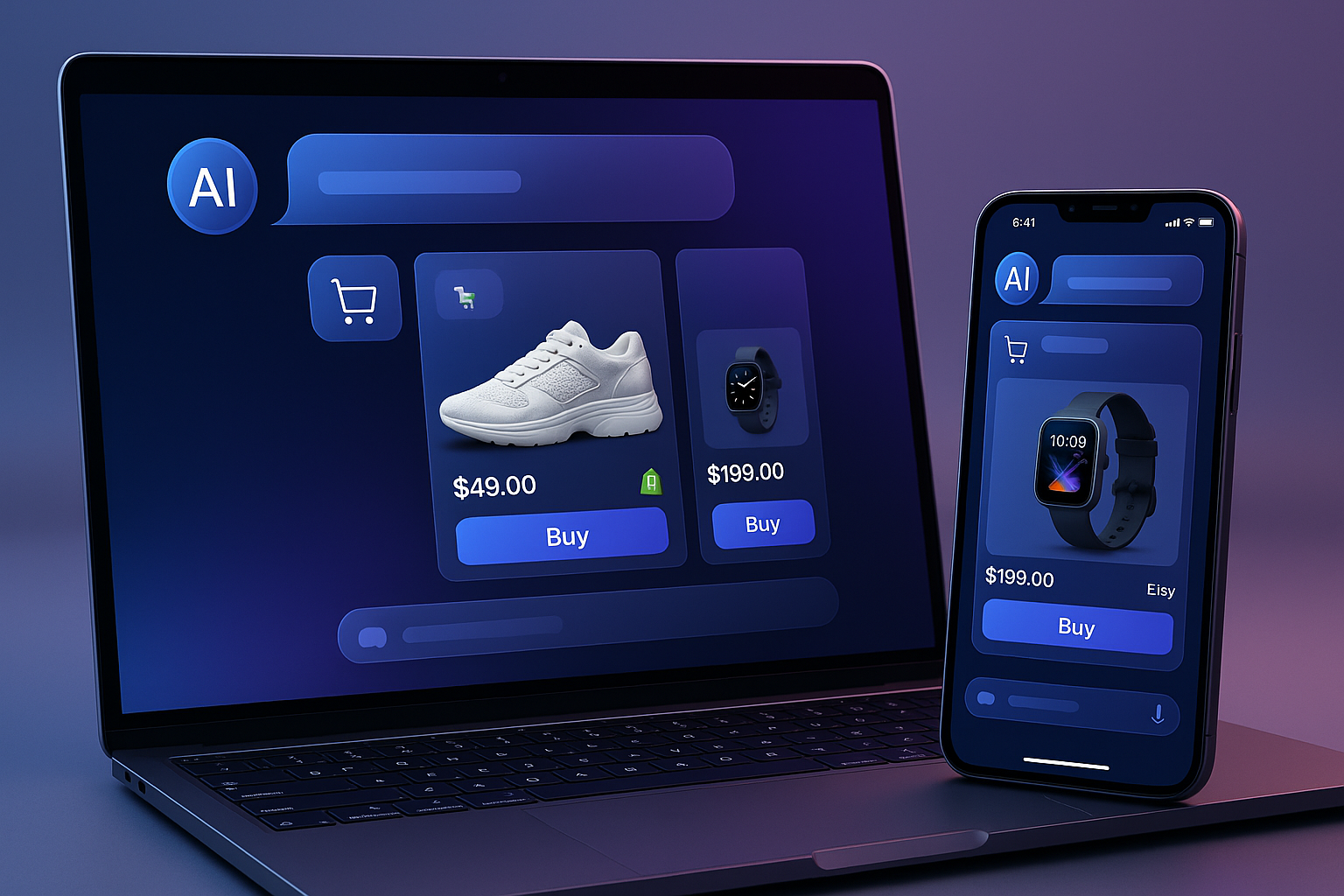The Double-Edged Sword of Event-Driven Architectures in Ecommerce

Key takeaways
- Event-driven architectures (EDA) enable real-time responsiveness, scalability, and decoupled systems.
- They offer business benefits like faster customer experiences, resilience under heavy load, and support for innovation.
- But they also introduce complexity costs: debugging, data consistency, governance, and operational overhead.
The ecommerce battlefield is fought in microseconds. Customers expect instant product recommendations, real-time shipping updates, and lightning-fast checkout experiences. Behind the scenes, this requires architectures that don’t just scale, but adapt and respond dynamically as millions of events—clicks, searches, payments, and inventory changes—flow through the system.
Event-driven architectures (EDAs) are becoming the backbone of these real-time capabilities. But while they can accelerate speed, create flexibility, and open up for innovation, they also come with hidden complexity and operational trade-offs. For digital commerce leaders, the question shouldn’t be whether EDAs can power competitive advantage, but rather if the benefits outweigh the costs in practice.
What exactly is event-driven architecture?
At its core, an event-driven architecture revolves around producing, detecting, consuming, and reacting to “events.” An event might be a customer adding an item to a cart, a payment confirmation, or an inventory update from a supplier. Instead of relying solely on synchronous, request-driven models (like a client-server interaction), EDAs decouple systems so that different services react asynchronously.
For ecommerce platforms, this means cart updates don’t have to wait for inventory checks, and recommendation engines can instantly suggest products based on browsing history. For example, ASOS leverages event-driven systems to handle flash sales, ensuring that real-time demand signals don’t bottleneck its entire infrastructure.
The business benefits of event-driven architectures
1. Real-time responsiveness: every click counts
Shoppers expect ecommerce to feel instantaneous. Whether it’s fraud detection on a payment or real-time shipping notifications, delays translate to lost trust and revenue. Event-driven systems allow platforms to react immediately to these signals.
Take Ocado, the UK-based online grocer, which relies on event-driven systems to update inventory in real-time as shoppers place items into their baskets. This prevents overselling, boosts customer confidence, and ensures operational efficiency at scale.
2. Scalability and flexibility: growing without breaking
Ecommerce platforms often experience dramatic spikes—holiday sales, influencer-driven demand, or viral social campaigns. Event-driven systems shine in these scenarios because services are decoupled and can scale independently.
For instance, Allegro, one of Europe’s largest marketplaces, uses event-driven patterns to manage sudden surges in user activity. Its microservices scale elastically to handle demand without rearchitecting the entire system. That flexibility allows engineering teams to deliver consistent customer experiences even during massive traffic surges.
3. Faster innovation cycles: experiment without fear
Innovation is a competitive differentiator in commerce. With EDA, teams can spin up new services that simply “subscribe” to existing event streams without rewriting core systems.
This empowers product teams to launch personalization engines, loyalty programs, or live chat features without disrupting checkout or payment services. Farfetch, a global luxury marketplace, has embraced event-driven architecture to experiment with new services like AI-powered recommendations—plugging them into the customer journey without destabilizing its core commerce flows.
4. Resilience and fault tolerance: built for chaos
No ecommerce leader wants a Black Friday outage. With EDAs, resilience comes from decoupled services and event brokers like Kafka or Pulsar, which act as shock absorbers for system failures.
For example, Flipkart, India’s ecommerce giant, relies on event-driven flows to ensure high availability during mega-sale events where transaction volumes spike dramatically. Even if one service stalls, others continue operating, preserving uptime and customer trust.
The hidden complexity costs of event-driven systems
1. Debugging in the dark
Tracing a failure across asynchronous services is notoriously difficult. A delayed order confirmation could be caused by a missed event, a lagging broker, or a downstream consumer that never fired.
Without robust observability—distributed tracing, metrics, and logging—teams risk firefighting blind. Leaders need to understand that investing in EDA isn’t just about event brokers; it requires an equal investment in monitoring infrastructure.
2. The consistency conundrum
Event-driven systems often rely on eventual consistency, which is acceptable in some scenarios but dangerous in others. For instance, ecommerce platforms may struggle with double-processed orders or out-of-sync inventory if events aren’t idempotent.
A vivid case: Mercado Libre, Latin America’s leading marketplace, had to invest heavily in event deduplication and consistency mechanisms to prevent order mismatches across its ecosystem. Without this rigor, customer trust can evaporate.
3. Governance, compliance, and data control
Asynchronous data flows create governance challenges. With events moving across dozens of microservices, ensuring compliance with GDPR, PCI DSS, or other regulations becomes more complex.
For ecommerce, this is especially critical when handling payment data or personal identifiers. Companies like Rakuten have had to build governance frameworks early in their event-driven journey, ensuring data lineage and auditability across distributed systems.
4. Operational overhead
Running and maintaining event brokers, pipelines, and monitoring frameworks requires deep expertise. Kafka clusters don’t manage themselves. Smaller teams risk overengineering, building systems too complex for their needs.
Even mature ecommerce players like Lazada in Southeast Asia balance the benefits of EDAs with the operational costs of maintaining them. The question for leaders isn’t “Can we build it?”—but “Do we have the skills and resources to run it sustainably?”
Best practices for digital commerce leaders
- Start small, win big: Focus first on high-value cases like fraud detection, cart updates, or personalized recommendations.
- Establish governance early: Build frameworks for data lineage, privacy, and compliance before systems scale.
- Invest in observability: Distributed tracing and metrics aren’t optional—they’re survival tools.
- Avoid overengineering: Not every system needs EDA; apply it where speed and resilience directly impact business outcomes.
- Tie to strategy: Ensure EDA initiatives align with customer-facing improvements and growth objectives, not just technical curiosity.
The next wave of event-driven commerce
Combining streaming data with machine learning enables predictive analytics, allowing businesses to forecast demand or detect fraud before it happens. Serverless event-driven services, offered by cloud platforms like AWS Lambda and GCP Pub/Sub, lower the barrier to entry, making it easier for smaller ecommerce players to adopt EDA without investing in heavy infrastructure.
Additionally, as companies expand internationally, global event meshes are emerging to unify event flows across geographies, ensuring consistency, compliance, and seamless operation at scale.
Event-driven architectures promise speed, scalability, and innovation—but they’re not free. As a leader, you must weigh both the upside and the hidden complexity costs. Strategic adoption—focused on the right use cases, backed by governance and observability—can truly bring you sustainable advantage.







